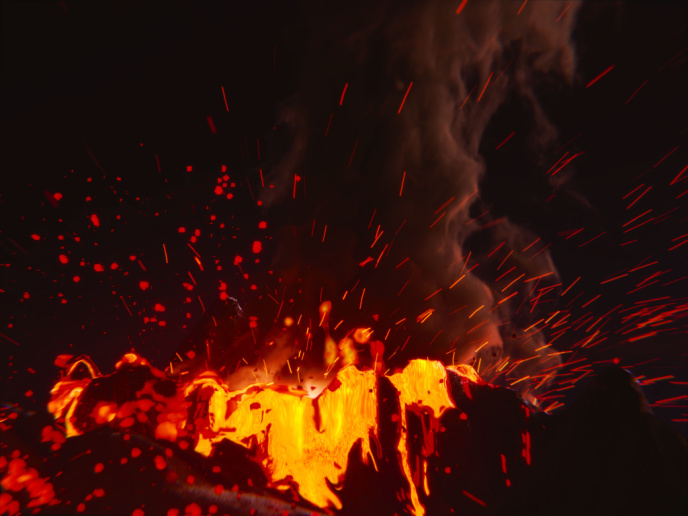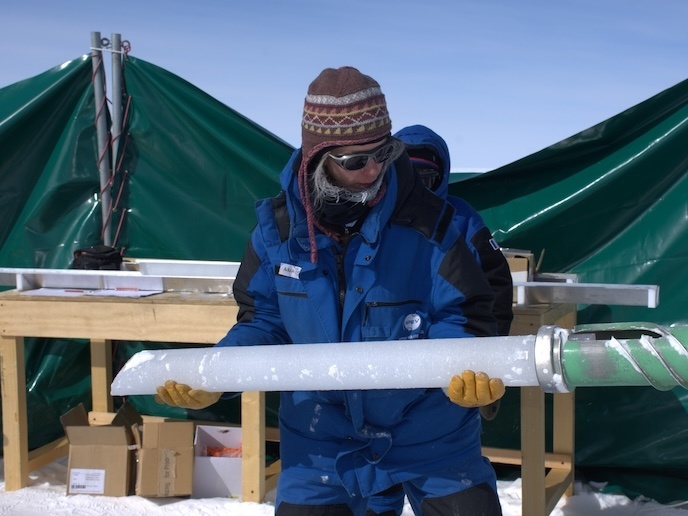Europe and Brazil cooperate on metal waste
Pyrometallurgical processing of lateritic ores generates large amounts of wastes such as fly ash and slags, which are considered as hazardous materials due to potentially toxic elements, like nickel (Ni). Wastes are usually reused for construction or reprocessed, but a significant fraction is often dumped onto the soil surface or into lakes. However, their dispersal by wind or water may have a negative environmental impact over large areas. Another form of reuse is in agronomy as a soil additive. The NIDYFICS (Nickel dynamics in impacted ultramafic soils) project characterised the dynamics of Ni and other associated metals in the soil-waste-plant-water continuum in the ultramafic massif of Barro Alto (Goïas, Brazil), which is considered a hotspot of biodiversity. Researchers used standard EU leaching procedures for waste materials coupled to speciation-solubility modelling to evaluate the leaching properties and potential risk related to the leaching of Ni and other contaminants. Granulated slag dusts and fly ash samples were also investigated with a special focus on the in vitro bioaccessibility in a simulated gastric fluid, to assess the potential exposure risk for humans. Bioaccessible fractions (BAFs) of the major contaminants (Ni, Co, and Cr) were quite low for the slag dusts and accounted for less than 2 % of total concentrations. In contrast, BAF values were significantly higher for fly ash materials. Results indicated that there is only a limited risk to human health related to the ingestion of dust materials generated by laterite Ni ore smelting operations, if appropriate safety measures are adopted at the waste disposal sites and within the smelter facility. NIDYFICS also brought together researchers in the environmental geosciences, resulting in the transfer of knowledge between Brazilian and European institutions. It also helped train young researchers by enabling them to work alongside experts in the field.







